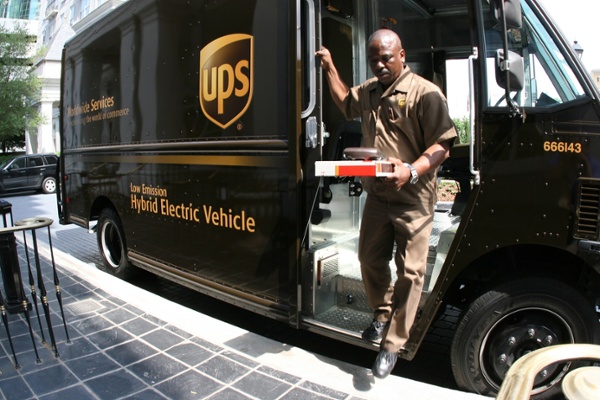It’s no surprise to any CFO that enterprise software doesn’t come cheap. Capital investments of any kind require in-depth research and often, commitment from internal leadership stakeholders.
Once the decision is made to implement a new solution, interested parties will want to know the anticipated user adoption, how the company will benefit, whether or not it increases revenue or decreases costs and a number of other metrics. So what is the return on investment for enterprise software?
Related: Check out this infographic to see how mobile is a game changer for field service management.
I love this quote from an InformationWeek article: “Employees are the most valuable resource that an organization has. If you need to explain why it’s valuable for these employees to be able to collaborate with one another and justify that with financial numbers, then you have bigger problems.”
A few years ago, McKinsey conducted a study that found potential ROI for companies adopting field service management software:
- 77% of companies gained faster access to knowledge
- 60% reduced communication costs
- 52% increased access to internal experts
- 44% cut travel costs
- 41% enjoyed increased employee satisfaction
“Our data show that fully networked enterprises are not only more likely to be market leaders or to be gaining market share but also use management practices that lead to margins higher than those of companies using the Web in more limited ways.” – Jacques Bughin and Michael Chui, McKinsey
Field Service Software Case Study: United Parcel Service’s ORION

Not every new piece of field service management software needs to address a new problem. Opportunities exist across all industries to create efficiencies and reduce bottom line costs. A great example of this is UPS’s Orion, a proprietary On-Road Integrated Optimization and Navigation platform launched in 2013.
A decade before that launch, UPS created an algorithm that would eventually save the company $330 million. According to the company, this complex algorithm “equates to nearly 1,000 pages of code and evaluates more than 200,000 alternative ways to run a single route.”
On average, a UPS driver makes 120 stops daily. Within that driver’s route, the company knew opportunities existed to reduce the number of miles driven every day and therefore, reduce fuel costs and truck roll times. By studying and optimizing a driver’s route, Orion’s algorithm would create routing schedules and maps designed for optimized efficiency.
Like any good potential product owner would do, those in charge of Orion’s decade-long research and development project went to the end users – drivers – to find out whether or not their assumptions were correct. In 2008, the company installed sensors and GPS tracking equipment on every vehicle in its fleet. Over the following three years, UPS trialed prototypes of the platform with senior drivers and challenged the drivers to “beat the computer.”
In 2013, Orion rolled out across 10,000 driving routes in the U.S., mapping more than 250 million location points. According to a press release, UPS expected to “save more than 1.5 million gallons of fuel and reduce carbon dioxide emissions by more than 14,000 metric tonnes” in the first year. They also anticipated that if Orion could reduce each driver’s route by one mile each day, the company would save “up to $50 million annually.”
U.S. deployment of nearly all 55,000 routes is projected to be complete in 2017 and global deployments are planned for the future.
“The development and deployment of ORION is one of the strongest examples of our company’s commitment to continual investments in operational and customer technologies to deliver significant operational benefits, taking advanced mapping and route optimization to new levels.These benefits range from cost savings to positive environmental impacts and enable our company to raise the bar even higher on efficiency and customer service.” – Dave Barnes, UPS senior vice president and chief information officer
Results:
By the end of 2016, Orion is expected to have produced:
- 10 million gallons of fuel savings
- 100 million miles annual reduction by the end of 2016
- 100,000 metric tons carbon dioxide emissions reduction
- $330 million savings
